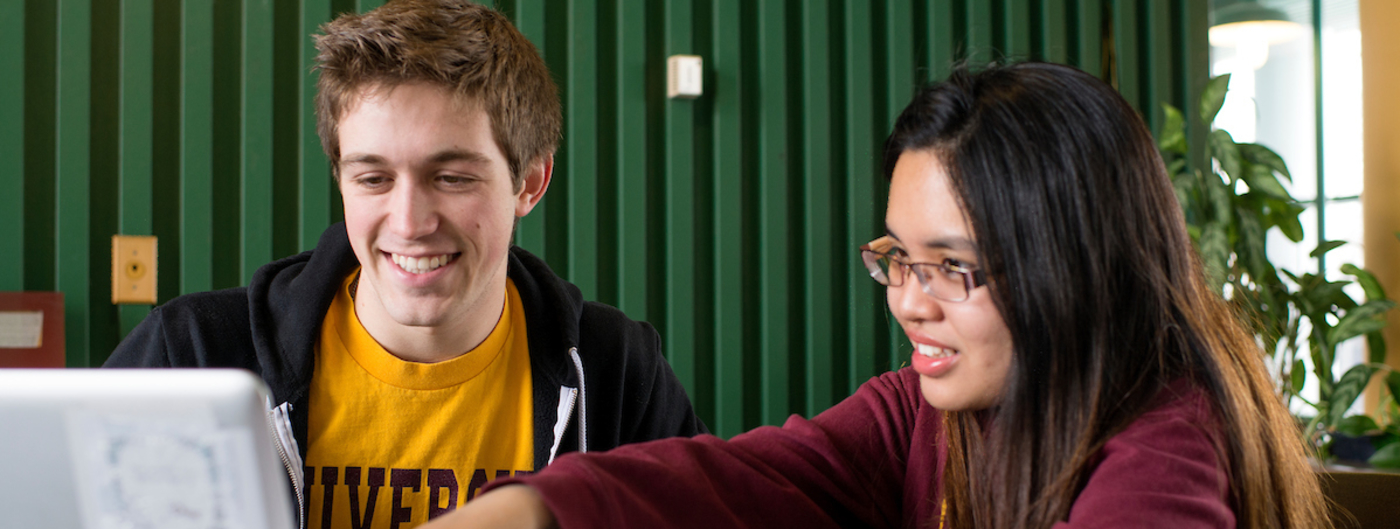What it is
As youth development professionals, we must offer quality programming in a variety of learning environments with the opportunity to develop innovative methods that engage young people in positive youth development experiences.
Designing a high-quality experience needs to be the focus regardless of the learning environment.
Ensure a high-quality learning environment
We have a responsibility to ensure that young people have the opportunity for positive and meaningful development as we engage youth in out-of-school time programs, like 4-H programs. Investing in the design and delivery of high-quality programs is critical for the positive development of young people. Durlak & Weissberg state poor-quality programs can damage young people.
Weikart’s model of Youth Program Quality (YPQ), based on research in positive youth development, recognizes the need to create a safe, supportive and productive environment for youth to build positive interactions between youth and adults and ensure youth engagement. High-quality learning environments offer youth ways to expand their leadership skills, build relationships, pursue areas of interest and develop a positive outlook on learning.
In addition to designing learning environments using the YPQ framework, consider:
Why are you developing a learning opportunity?
- Was it an identified need? How was it identified?
- What are the educational goals of the learning opportunity?
- How does it support your organizational goals for young people?
- How does this relate to your local program plan?
Who is the target audience?
- Who is the primary audience?
- Who is the secondary audience?
- Is this an access point for new audiences? How?
- How will this opportunity be promoted?
- What is the registration process?
- How will youth not previously enrolled in your program be encouraged to enroll?
How will the youth voice be represented?
- How will youth have opportunities to lead?
- How will youth be engaged in the design and delivery?
- How are you building youth/adult partnerships into the program?
What is the role of volunteers or partners?
- How will you engage adult volunteers? Do you have a role description developed?
- How will you ensure that the policy expectations are met?
- Why are you partnering with this organization? What value does the partner add to the program?
- Do you need a program agreement?
What is the evaluation plan?
- How will you measure your outcomes and impacts?
- What tool or format will you use to collect the data (e.g., surveys, focus groups, interviews)?
- Who will you engage in the evaluation - youth, volunteers, partners, parents?
How will this opportunity be shared?
- Will the youth have an opportunity to showcase their learning?
- Internal audience - colleagues
- External audience - stakeholders, other youth-serving organizations, funders
Program Design
The positive youth development practices described above apply when designing both online and in-person learning opportunities for and with youth.
Elements of in-person learning environments can easily be replicated online. Both online and in-person learning environments require planning and preparation to engage youth in the experiential learning model of “doing” or “exploring” elements of a learning experience. Engaging youth in reflection is essential following the exploration or project. When well planned and facilitated, youth programs challenge youth to think about the next steps of their learning. Providing youth opportunities to share their learning further enhances their experience.
One of the challenges, especially with new audiences, is building relationships with members. Building and maintaining relationships will require intentional effort to ensure youth are comfortable and engaged. The Search Institute shares some great tips about using technology to cultivate relationships while social distancing including having an online greeter as youth join, a chat area to start conversations, and organizing “caring circles” as places for youth to check in with each other.
What is the plan to engage youth and support their learning?
- How will you introduce the learning and goal for the session?
- How will you engage youth in exploring and learning prior to the learning experience?
- How will youth have the opportunity to interact with each other during the experience?
- How will youth reflect on their learning?
- How will the youth plan further exploration of skills learned after the learning experience?
- How will youth continue to deepen their knowledge?
- How will you design opportunities for youth to lead?
We, as youth development professionals, are quickly adapting and making innovative strides to ensure we are connecting with and continuing to provide positive experiences for our young people. The youth deserve a high quality learning environment regardless of the method we choose to engage youth.
- The impact of after-school programs that promote personal and social skills. Collaborative for Academic, Social, and Emotional Learning (CASEL)
- Can Technology Help Cultivate Relationships While We’re “Social Distancing”?
- David P. Weikart Center for Youth Program Quality Approach
- Building Development Relationships During the COVID-19 Crisis
Reviewed in 2022


